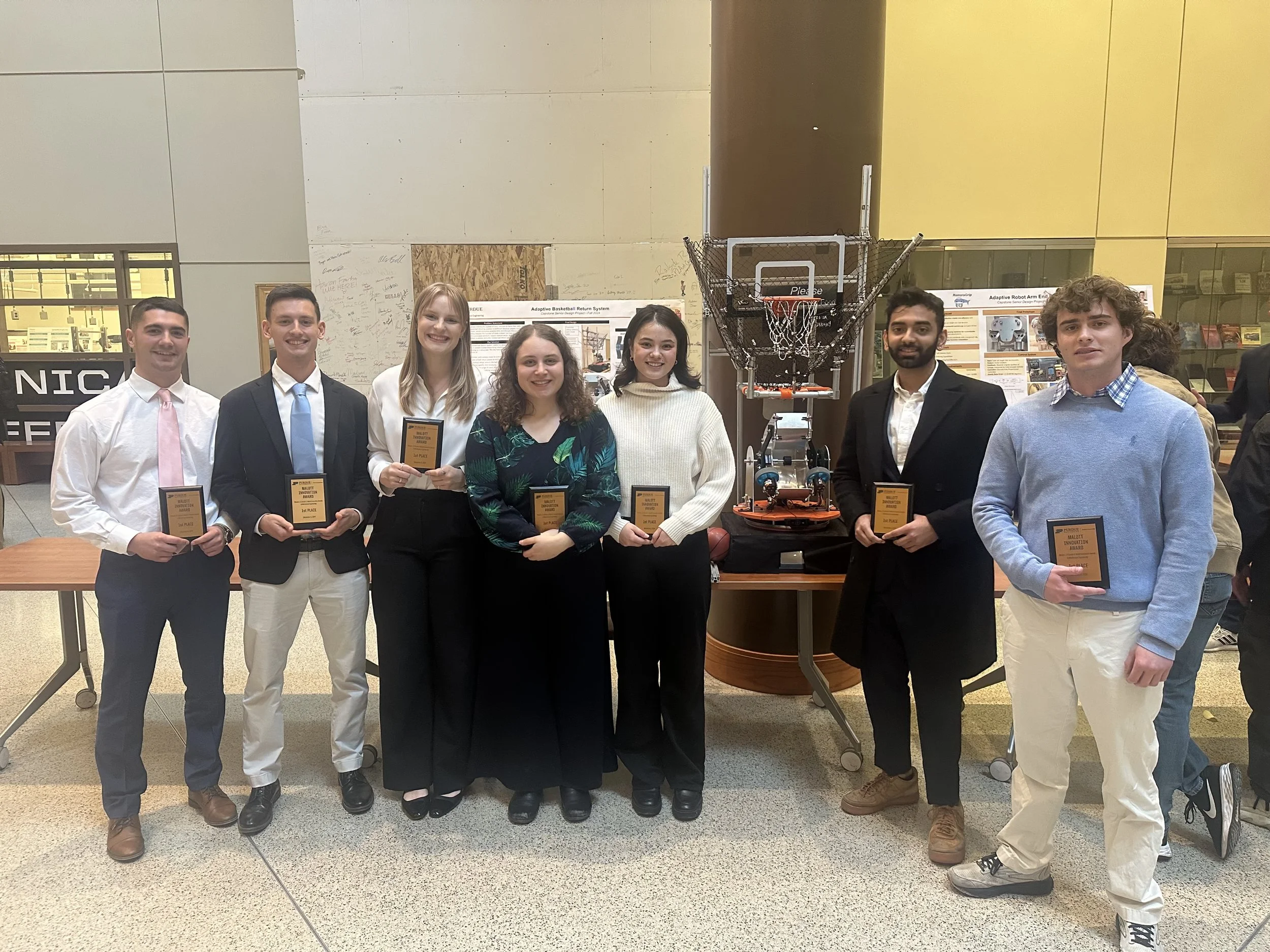"3D absolute shape measurement of live rabbit hearts with a superfast two-frequency phase-shifting technique," Opt. Express , (2013)
/[52] Y. Wang*, J. I. Laughner, I. R. Efimov, and S. Zhang, "3D absolute shape measurement of live rabbit hearts with a superfast two-frequency phase-shifting technique," Opt. Express 21(5), 5822-5832, 2013 (Cover feature) (Selected for May 22, 2013 issue of The Virtual Journal for Biomedical Optics); doi: 10.1364/OE.21.005822
Abstract
This paper presents a two-frequency binary phase-shifting technique to measure three-dimensional (3D) absolute shape of beating rabbit hearts. Due to the low contrast of the cardiac surface, the projector and the camera must remain focused, which poses challenges for any existing binary method where the measurement accuracy is low. To conquer this challenge, this paper proposes to utilize the optimal pulse width modulation (OPWM) technique to generate high-frequency fringe patterns, and the error-diffusion dithering technique to produce low-frequency fringe patterns. Furthermore, this paper will show that fringe patterns produced with blue light provide the best quality measurements compared to fringe patterns generated with red or green light; and the minimum data acquisition speed for high quality measurements is around 800 Hz for a rabbit heart beating at 180 beats per minute.



